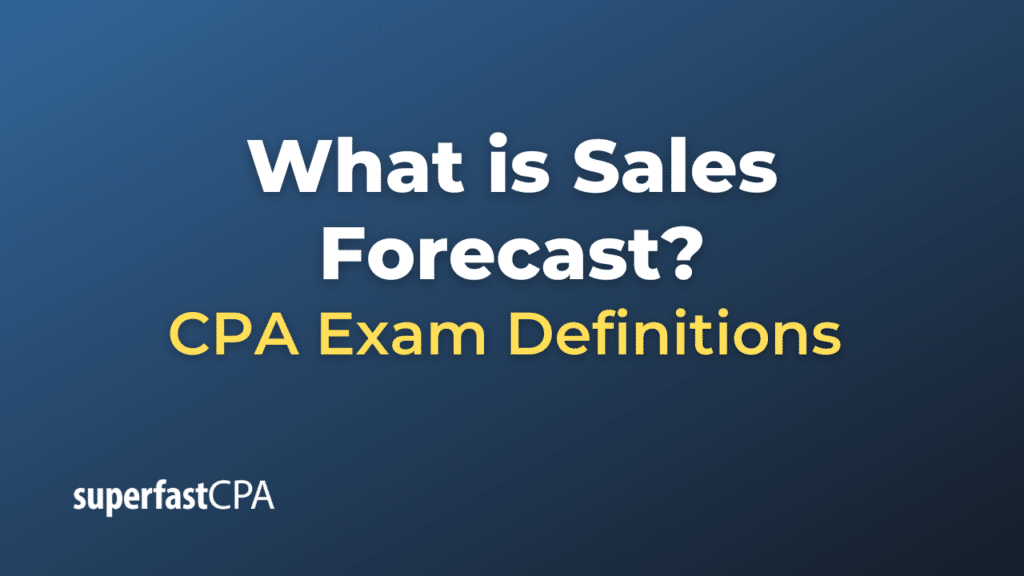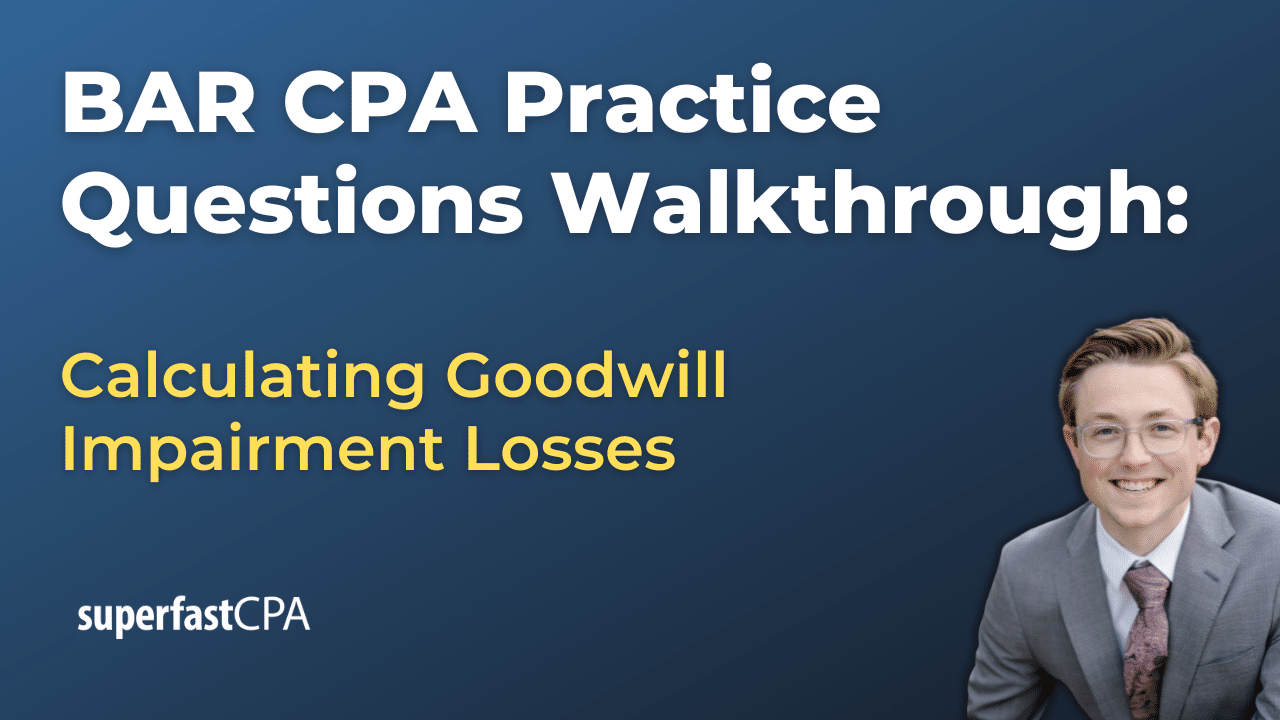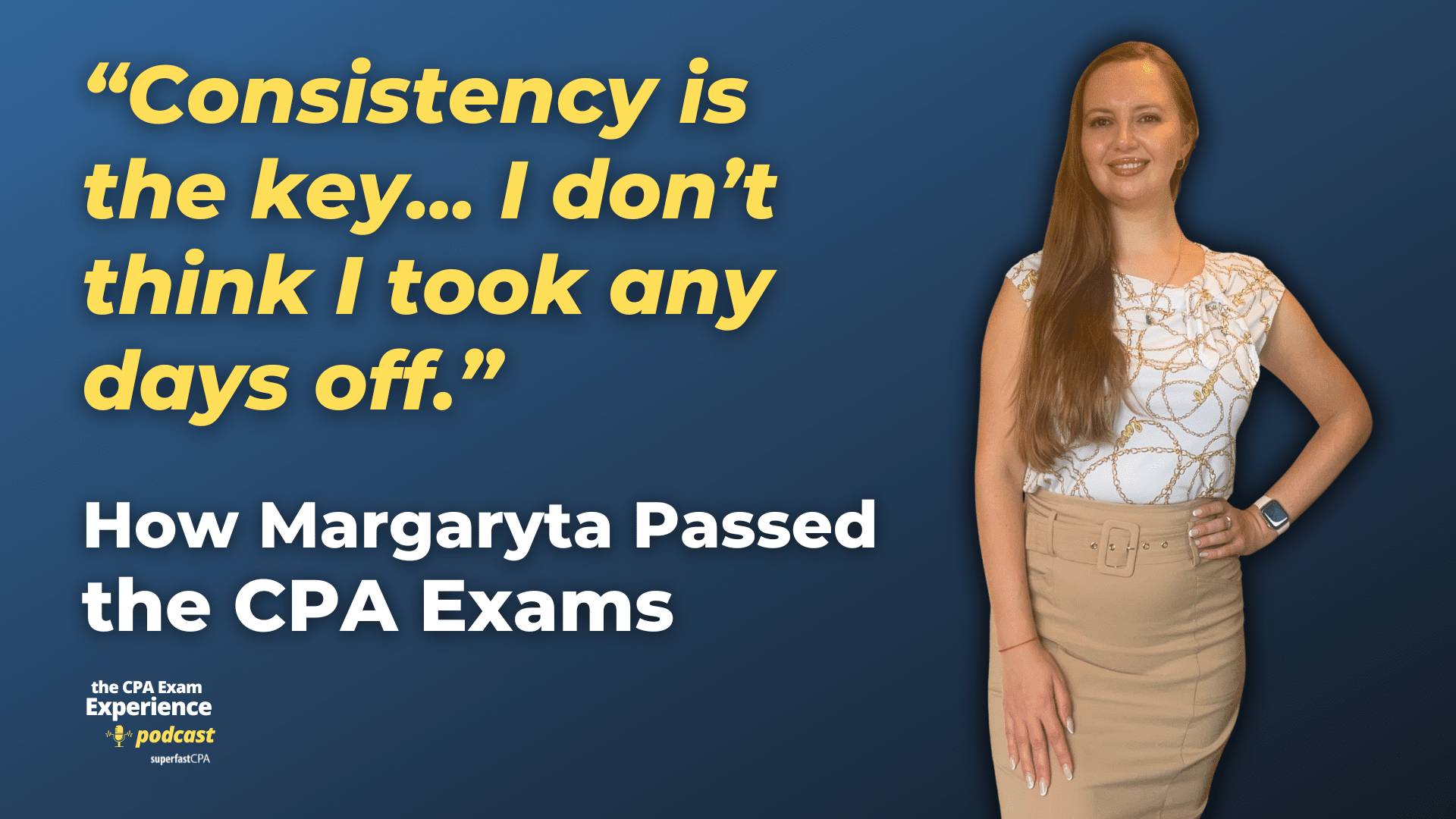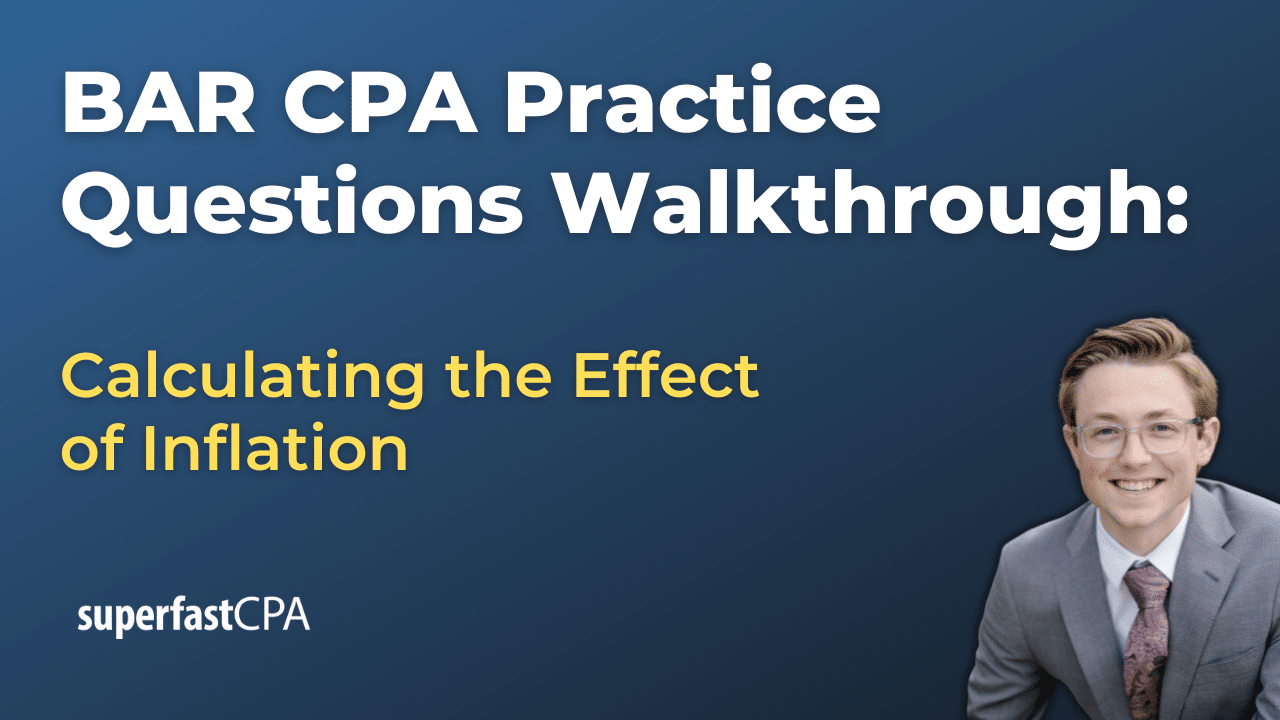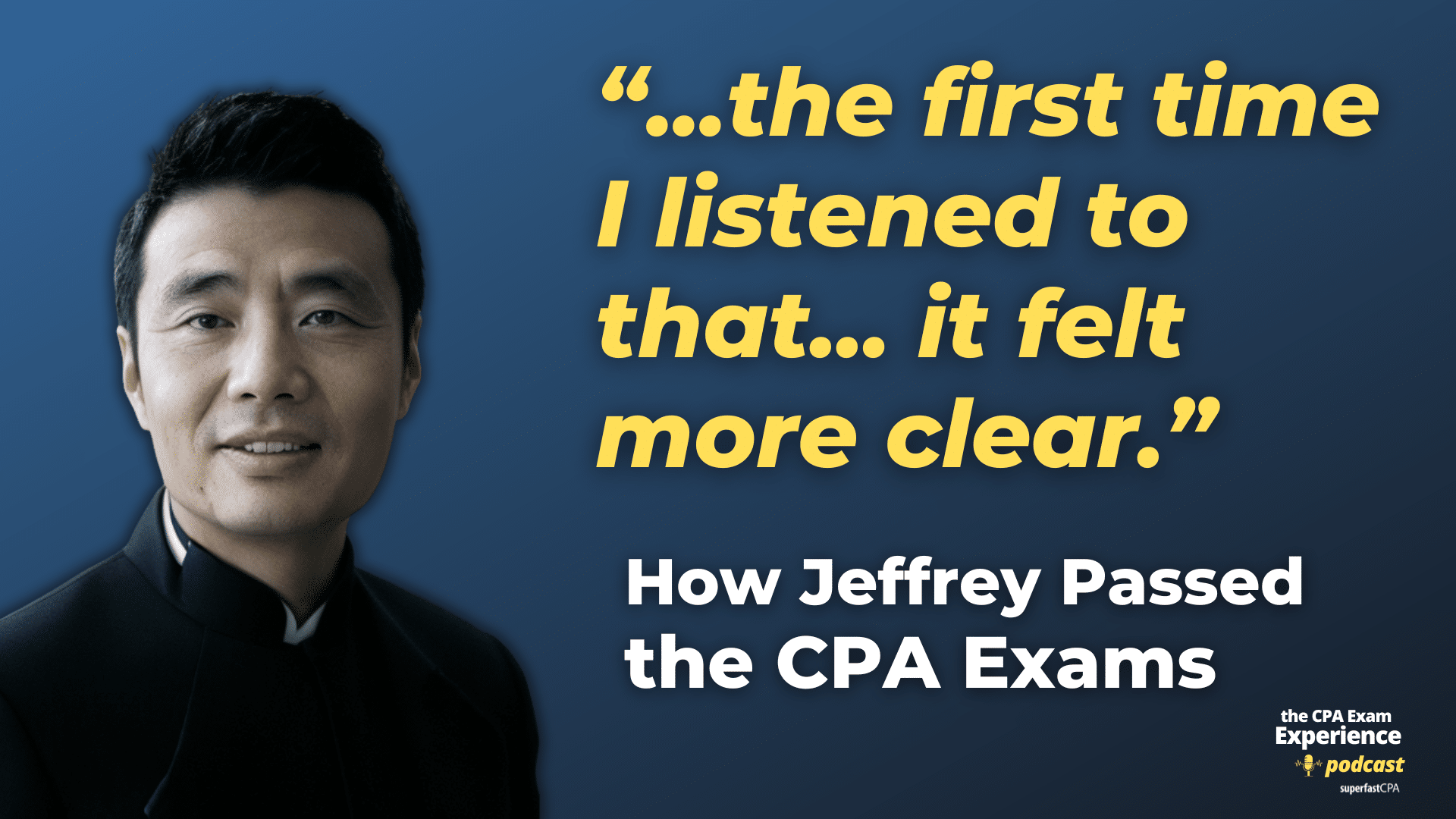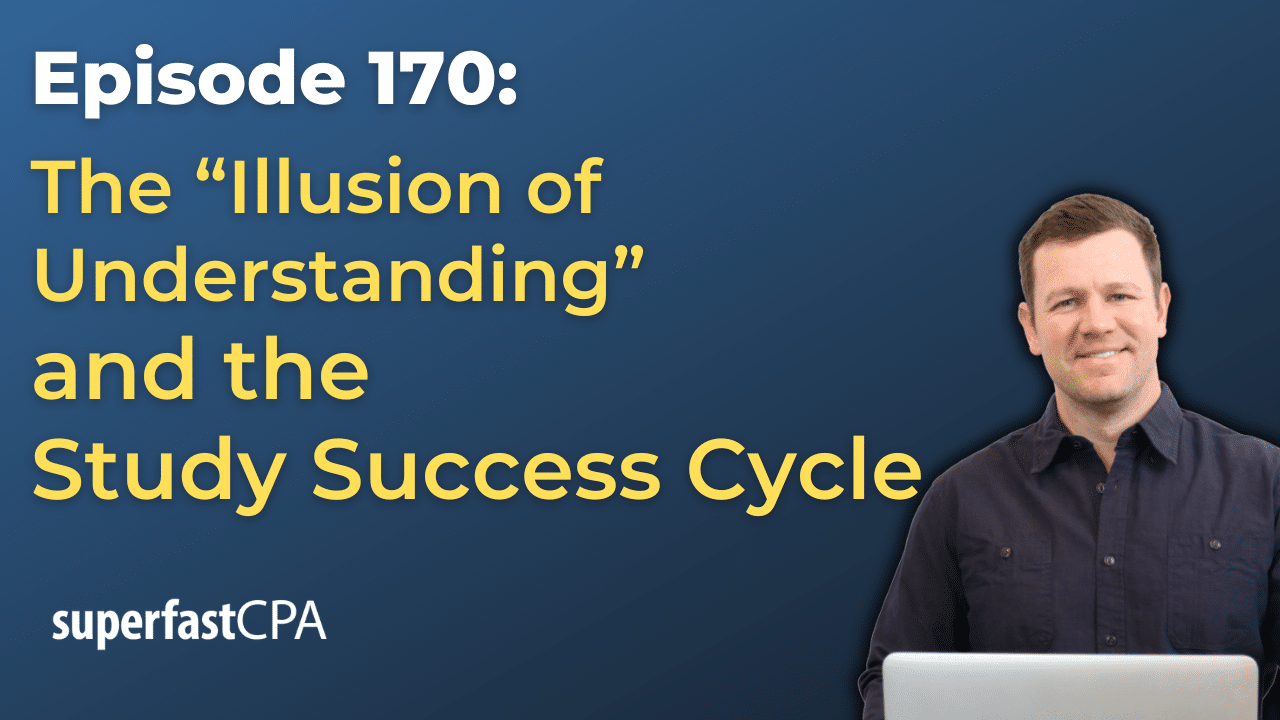Sales Forecast
A sales forecast is a projection of the amount of revenue a company expects to earn from its sales activities over a specific period. It’s an essential tool for businesses of all sizes, helping them anticipate revenue, allocate resources, plan for growth, and make informed decisions about product development, staffing, inventory management, and financing.
Sales forecasting can be based on historical sales data, market trends, economic indicators, or a combination of these factors. The accuracy of a sales forecast can vary based on the methods used, the quality of the data, and unforeseen market shifts. Hence, companies often revisit and adjust their forecasts regularly.
There are different methods to create a sales forecast, including:
- Historical-Based Forecasting: Using past sales data to predict future sales. For instance, if a company sold 1,000 units of a product in July of the previous year, they might expect to sell a similar amount in July of the current year, adjusted for factors like market growth or decline.
- Intuitive Forecasting: This is more of a judgment-based approach where sales professionals make predictions based on their feelings or beliefs about the market.
- Market Research: Using surveys, focus groups, or industry reports to gauge market demand.
- Extrapolation: Taking specific known data points and extending them to predict future trends.
- Statistical Methods : Using statistical techniques, like regression analysis, to find relationships between variables and make forecasts.
Example of Sales Forecast
“EcoFootwear” is a startup that produces sustainable shoes made from recycled materials. They launched their first line of shoes six months ago and are looking to forecast their sales for the next six months.
- Gathering Historical Data:
In the past six months, their monthly sales in units were as follows:
- January: 200
- February: 250
- March: 290
- April: 320
- May: 380
- June: 430
There is a visible growth trend in sales.
- Identifying Growth Rate:
Using this data, they can calculate an average monthly growth rate. The growth from January to February was 25%, from February to March was 16%, and so on. On average, let’s say the monthly growth rate is approximately 15%.
- Forecasting Based on Growth Rate:
Using this average growth rate of 15%, “EcoFootwear” can predict sales for the upcoming months:
- July: 430 + 15% = 495 units
- August: 495 + 15% = 569 units
- September: 569 + 15% = 654 units … and so on.
- Adjusting for External Factors:
“EcoFootwear” is planning a major marketing campaign in August. Based on market research and the budget they are investing, they predict this campaign will boost sales by an additional 10% in August and September.
Considering this boost:
- August: 569 + 10% = 626 units
- September: 654 + 10% = 719 units
- Final Forecast:
Combining the growth rate and the expected boost from the marketing campaign, “EcoFootwear” finalizes their sales forecast:
- July: 495 units
- August: 626 units
- September: 719 units … and similar calculations for the subsequent months.
At the end of each month, “EcoFootwear” would compare actual sales to their forecasts. Discrepancies between the forecast and actual sales would provide valuable insights for future forecasting and understanding market dynamics.

